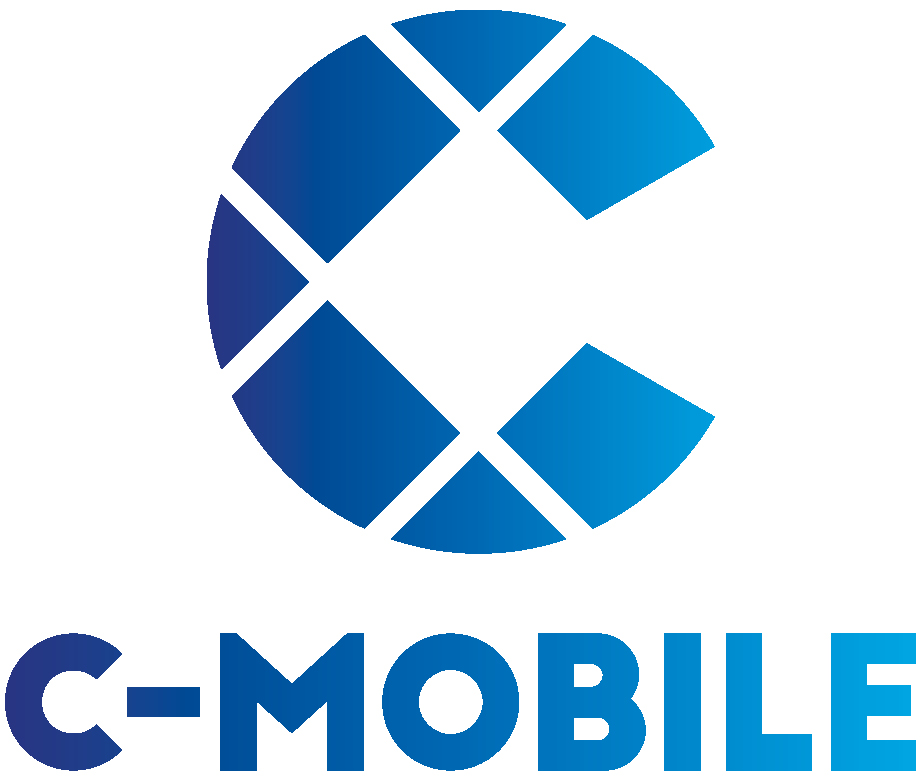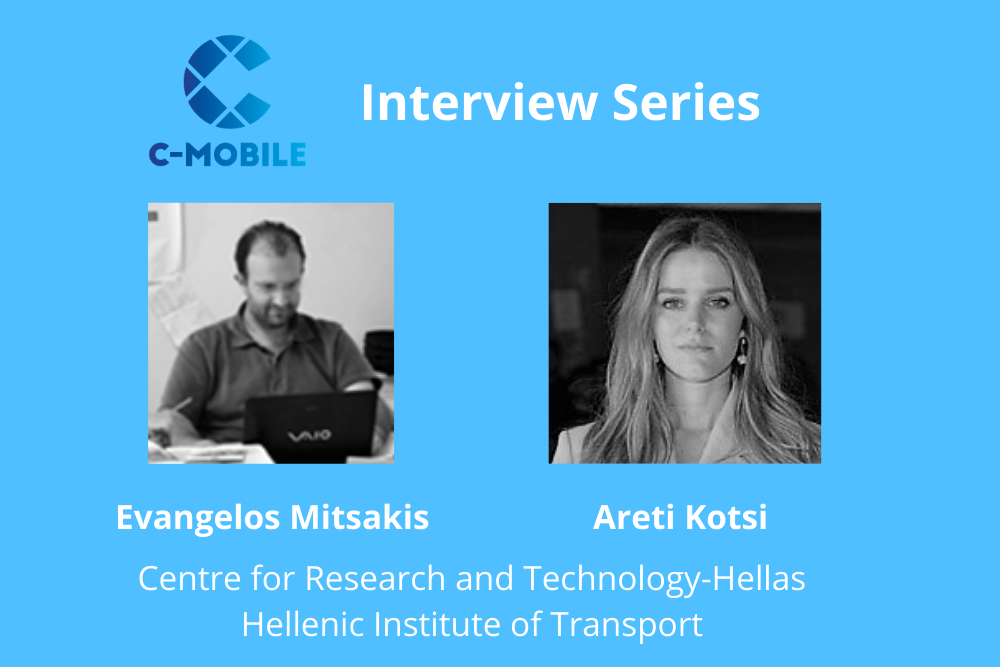CERTH has been involved in many projects on C-ITS such as Compass4D and CO-GISTICS. How is C-MobILE different from others? What makes this project special?
The C-MobILE project differs from previous C-ITS activities since it focuses on the large-scale deployment of a large number of C-ITS services being interoperable in eight different European cities. The project deploys 20 C-ITS services, both Day 1 and Day 1.5, targeting to address mobility challenges related to urban efficiency, I2V and V2V safety, and traffic efficiency. Services deployment is based on the “bundling concept” which promotes the integrated provision of multiple C-ITS services both to end-users and Traffic Managers/ Operators. More specifically, single apps deployed in each C-MobILE city provide large numbers of end-users with access to C-ITS services according to their needs, while a tool currently under development by CERTH-HIT is expected to be provided to Traffic Management Centres for the integration of C-ITS services to traditional traffic management. Moreover, the C-ITS services deployment relies on a harmonised architecture defined within the project framework, in order to facilitate interoperability and standardisation at European level.
Why do we need C-ITS and investment in these technologies?
The multiple benefits of C-ITS services, which have been observed through deployments and field tests in research activities and projects, justify the need to invest in such technologies. In fact, C-ITS services can increase road safety, by reducing road fatalities and injuries; improve traffic efficiency, cutting down travel time; and reduce the negative environmental impact of transport, by reducing fuel consumption and pollutant emissions, promoting in general social welfare of citizens. From a technical perspective, C-ITS services are an integral part of connected, cooperative and automated mobility, as such services could be integrated in vehicles, communicating all messages immediately to vehicles’ systems enabling automation.
What is CERTH’s role in the C-MobILE, in particular as Innovation Manager?
In this role, CERTH-HIT is responsible for establishing a structured, yet flexible mechanism and related processes, which will penetrate all project’s activities throughout the entire project’s lifetime, in order to ensure that high levels of innovation are maintained. It is of paramount importance to constantly monitor innovation developments and understand the landscape, including market, key stakeholders, trends, technologies, needs and opportunities, for a project such as C-MobILE, which places ambitious objectives within the complex landscape of connected and cooperative mobility, currently co-shaped by several actors, stakeholders, other research projects and policies.
What are CERTH’s priorities in the field of smart and urban mobility?
CERTH-HIT focuses mostly on C-ITS deployments, covering the dimensions of services provision to end-users as well as tools development for traffic managers. Within this context, research activities look at security services for connected and cooperative mobility, traffic management and traffic control methods and technologies for conventional and connected vehicle flows. But we also focus on integrated environments and simulation algorithms for circulation and communication of conventional, connected, and mixed vehicle flows, design, management and maintenance of transport infrastructures and networks supporting connected multimodality, as well as policies and strategies for ITS and C-ITS.
About the authors
 Dr Evangelos Mitsakis is an elected Senior Researcher of CERTH‐HIT. He has participated in more than 30 EU research projects in the field of ITS and C-ITS, as well as in numerous national and EU transport studies. His main research interests lie in transport systems modelling and optimisation, Intelligent Transportation Systems and C-ITS. He is the author of more than 140 scientific publications and member of several scientific organisations and expert groups in related fields. Within C-Mobile he is the project’s Innovation Manager as well as responsible for the Deployment Site of Thessaloniki.
Dr Evangelos Mitsakis is an elected Senior Researcher of CERTH‐HIT. He has participated in more than 30 EU research projects in the field of ITS and C-ITS, as well as in numerous national and EU transport studies. His main research interests lie in transport systems modelling and optimisation, Intelligent Transportation Systems and C-ITS. He is the author of more than 140 scientific publications and member of several scientific organisations and expert groups in related fields. Within C-Mobile he is the project’s Innovation Manager as well as responsible for the Deployment Site of Thessaloniki.
 Areti Kotsi works as a Research Associate at CERTH-HIT. She is a graduate of the School of Civil Engineering of NTUA and she holds a M.Sc. in Design, Organisation and Management of Transportation Systems from AUTH. She is currently a PhD student in AUTH with a thesis on modelling of C-ITS enabled traffic management. She has been involved in research projects related to ITS and C-ITS, focusing on services deployment, interoperable architectures, data exchange and standardisation. Within C-Mobile she is the technical responsible for the Deployment Site of Thessaloniki and Technical Dissemination Manager.
Areti Kotsi works as a Research Associate at CERTH-HIT. She is a graduate of the School of Civil Engineering of NTUA and she holds a M.Sc. in Design, Organisation and Management of Transportation Systems from AUTH. She is currently a PhD student in AUTH with a thesis on modelling of C-ITS enabled traffic management. She has been involved in research projects related to ITS and C-ITS, focusing on services deployment, interoperable architectures, data exchange and standardisation. Within C-Mobile she is the technical responsible for the Deployment Site of Thessaloniki and Technical Dissemination Manager.
About CERTH/HIT
The Centre for Research and Technology-Hellas (CERTH) founded in 2000 is one of the leading research centres in Greece and listed among the TOP-20 EU research institutions with the highest participation in competitive research grants. Over the years, CERTH has gained important scientific and technological achievements in many areas such as Energy, Environment, Industry, Mechatronics, Information & Communication, Transportation & Sustainable Mobility, Health, Agro-biotechnology, Smart farming, Safety & Security, as well as several cross-disciplinary scientific areas. CERTH focuses on the promotion of Research-Development-Innovation, by conducting high quality scientific research, developing innovative products and services, establishing strong partnerships with the international and national industries, and strong collaboration with research centres and universities in Greece and abroad.
The Hellenic Institute of Transport (HIT), being part of CERTH, has conduct and support applied research activities in the field of transport, relating to organisation, operation, planning and development of infrastructure, standardisation, economic analysis, management, vehicle technology and impact assessment of land, maritime, air, and multimodal transport services. HIT’s services also include the provision of training and education activities in related fields, dissemination of research activities and the representation of Greece in scientific fora abroad. Concerning the domain of connected and cooperative mobility, HIT’s Laboratory B3: Infrastructure and traffic management in land transport focuses on application of Information and Communication Technologies (ICT), Intelligent Transport Systems (ITS), and Cooperative Intelligent Transport Systems (C-ITS) in infrastructure and traffic management.
For more information, visit the website.


